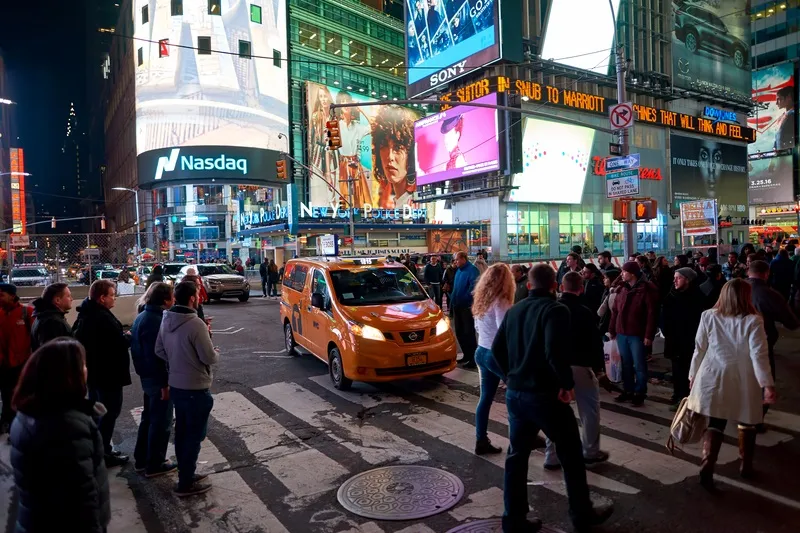A new online tool from the US Centers for Disease Control and Prevention (CDC), an interactive calculator called the Motor Vehicle PICCS (Prioritizing Interventions and Cost Calculator for States), provides a tool to help state decision makers prioritise and select from a suite of 12 effective motor vehicle injury prevention interventions. Accessible to the public, the tool helps each of the 50 states identify the best mix of safety devices to implement based on their cost-effectiveness and their capacity t
February 18, 2015
Read time: 2 mins
RSSA new online tool from the US 5936 Centers for Disease Control and Prevention (CDC), an interactive calculator called the Motor Vehicle PICCS (Prioritizing Interventions and Cost Calculator for States), provides a tool to help state decision makers prioritise and select from a suite of 12 effective motor vehicle injury prevention interventions.
Accessible to the public, the tool helps each of the 50 states identify the best mix of safety devices to implement based on their cost-effectiveness and their capacity to prevent the most injuries and save the most lives.
The calculator estimates fatality and injury reduction results along with customised cost-benefit analyses for any combination of the different safety intervention tools, namely: alcohol interlocks, bicycle helmets, license plate impoundment, limits on diversion, motorcycle helmets, red-light cameras, saturation patrols, seat-belt enforcement campaign, seat belt law, sobriety checkpoints, speed cameras and vehicle impoundment.
17 American Traffic Solutions acknowledges Motor Vehicle PICCS as means to raise public awareness of the contribution red-light and speed safety cameras can make to deter dangerous motor vehicle crashes.
"We continue to believe that motor vehicle crash numbers can best be reduced through enforcement, driver education and traffic engineering strategies. By including red-light and speed safety cameras in their interactive calculator, the CDC validates, as an independent third-party, the important place photo enforcement holds in any state, city or county level discussion on how to help enhance road safety and reduce the number of injuries or deaths that occur as a result of red-light running," said David Roberts, ATS president and chief operating officer.
Accessible to the public, the tool helps each of the 50 states identify the best mix of safety devices to implement based on their cost-effectiveness and their capacity to prevent the most injuries and save the most lives.
The calculator estimates fatality and injury reduction results along with customised cost-benefit analyses for any combination of the different safety intervention tools, namely: alcohol interlocks, bicycle helmets, license plate impoundment, limits on diversion, motorcycle helmets, red-light cameras, saturation patrols, seat-belt enforcement campaign, seat belt law, sobriety checkpoints, speed cameras and vehicle impoundment.
"We continue to believe that motor vehicle crash numbers can best be reduced through enforcement, driver education and traffic engineering strategies. By including red-light and speed safety cameras in their interactive calculator, the CDC validates, as an independent third-party, the important place photo enforcement holds in any state, city or county level discussion on how to help enhance road safety and reduce the number of injuries or deaths that occur as a result of red-light running," said David Roberts, ATS president and chief operating officer.









